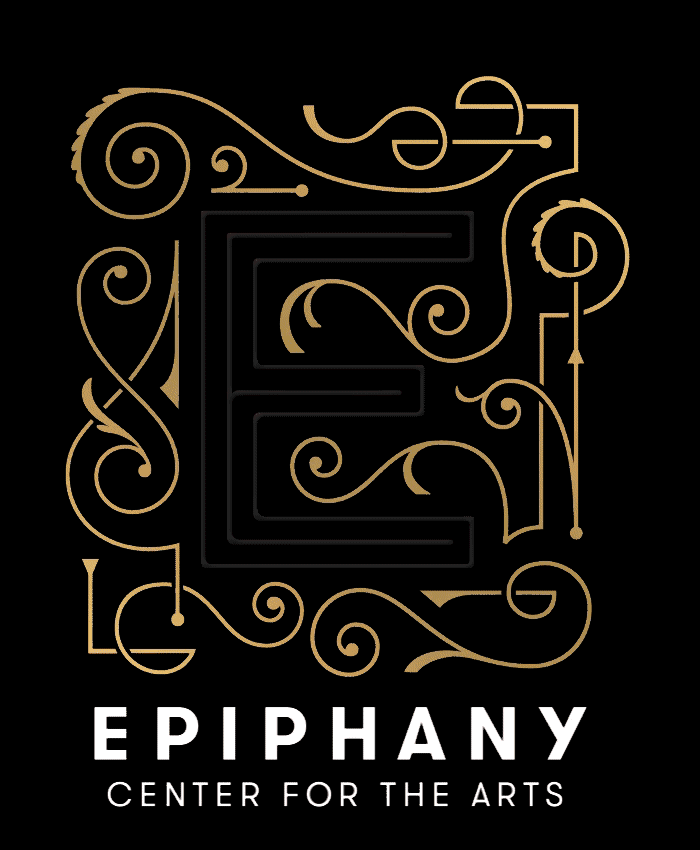
Double Run Eight
Double Run Eight
Slemmons Gallery at Epiphany Center for the Arts
September 9, 2022 to October 22, 2022
Double Run Eight features work from artist Kioto Aoki, and takes its name from a moving image camera from the Rod Slemmons Camera Collection: a Bell & Howell Filmo series 8mm camera. As a double 8 format, the camera runs 16mm size film through one way, exposing one half of the frame on the first pass. The roll is then flipped and run back through again, this time exposing the other half of the frame. The final processed film is split down the center as two images.
The exhibition features a projection that reinterprets the mechanisms of this camera. The film plays with visual collisions and inversions of the resulting four frames, rearranging the image plane with forwards, backwards, and radial motion as the artist’s body activates, holds, and navigates propositions of the analogue image. The original negative projected on the wall will degrade over time, accumulating scratches and dust throughout the duration of the show.
The accompanying gelatin prints are created using another camera from the collection designed to rephotograph 16mm frames onto 120 still photography film. The translation from negative to positive becomes an inherent marker of the analogue process, and the visual and temporal shift of the photographic frame a reminder of the fundamental connection between the still and the moving image.
Double Run Eight is part of an ongoing series of photography exhibitions in Slemmons Gallery in which contemporary photographers use antique cameras from the Rod Slemmons Camera Archive to create new bodies of work. This series is offered in partnership with The Chicago Cluster Project.
For more information and sales inquiries, please email art@epiphanychi.com.
 Kioto Aoki is an artist and educator using the analogue image and image-making process in photography and cinema to consider the intimacies of sight and relativity. Responding to and formed by observations and experiences of the everyday, she forms a rhetoric of nuanced quietude that explores various mechanisms of spatial and visual acuity. Her photography often oscillates between the still and the moving image, attentive to the apparatus of the human eye and the camera. A philosophy of attentiveness, a practical and simultaneously idealized slowness is used to recalibrate time as a lexicon of visual phenomenology: a dialogue of subtlety and playful implications.
Kioto Aoki is an artist and educator using the analogue image and image-making process in photography and cinema to consider the intimacies of sight and relativity. Responding to and formed by observations and experiences of the everyday, she forms a rhetoric of nuanced quietude that explores various mechanisms of spatial and visual acuity. Her photography often oscillates between the still and the moving image, attentive to the apparatus of the human eye and the camera. A philosophy of attentiveness, a practical and simultaneously idealized slowness is used to recalibrate time as a lexicon of visual phenomenology: a dialogue of subtlety and playful implications.
Her work is held in the Joan Flasch Artists’ Book Collection and the Museum of Contemporary Art Chicago Library. Musical projects include Yoko Ono’s SKYLANDING, Tatsu Aoki’s The MIYUMI Project, Experimental Sound Studio’s Sonic Pavilion Festival, and Soundtrack at the Museum of Contemporary Art Chicago. Curatorial projects include the ongoing Chicago Obihiro Exchange Project and 思考回路•Shikoukairo: Patterns of Thought which reframes the conversation around Asian & Asian-American cultural diegesis in the arts.

Kioto Aoki is an artist and educator using the analogue image and image-making process in photography and cinema to consider the intimacies of sight and relativity. Responding to and formed by observations and experiences of the everyday, she forms a rhetoric of nuanced quietude that explores various mechanisms of spatial and visual acuity. Her photography often oscillates between the still and the moving image, attentive to the apparatus of the human eye and the camera. A philosophy of attentiveness, a practical and simultaneously idealized slowness is used to recalibrate time as a lexicon of visual phenomenology: a dialogue of subtlety and playful implications.
Her work is held in the Joan Flasch Artists’ Book Collection and the Museum of Contemporary Art Chicago Library. Musical projects include Yoko Ono’s SKYLANDING, Tatsu Aoki’s The MIYUMI Project, Experimental Sound Studio’s Sonic Pavilion Festival, and Soundtrack at the Museum of Contemporary Art Chicago. Curatorial projects include the ongoing Chicago Obihiro Exchange Project and 思考回路•Shikoukairo: Patterns of Thought which reframes the conversation around Asian & Asian-American cultural diegesis in the arts.






























